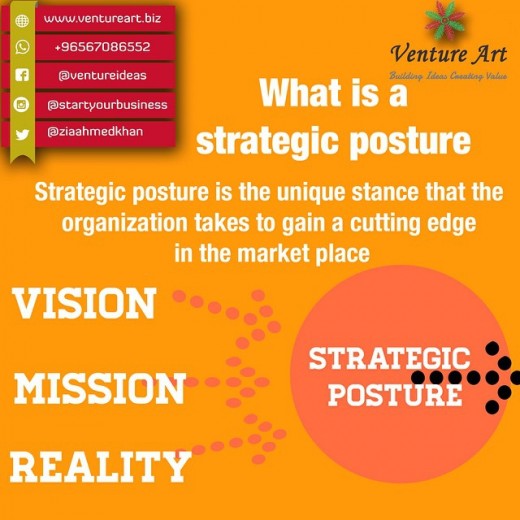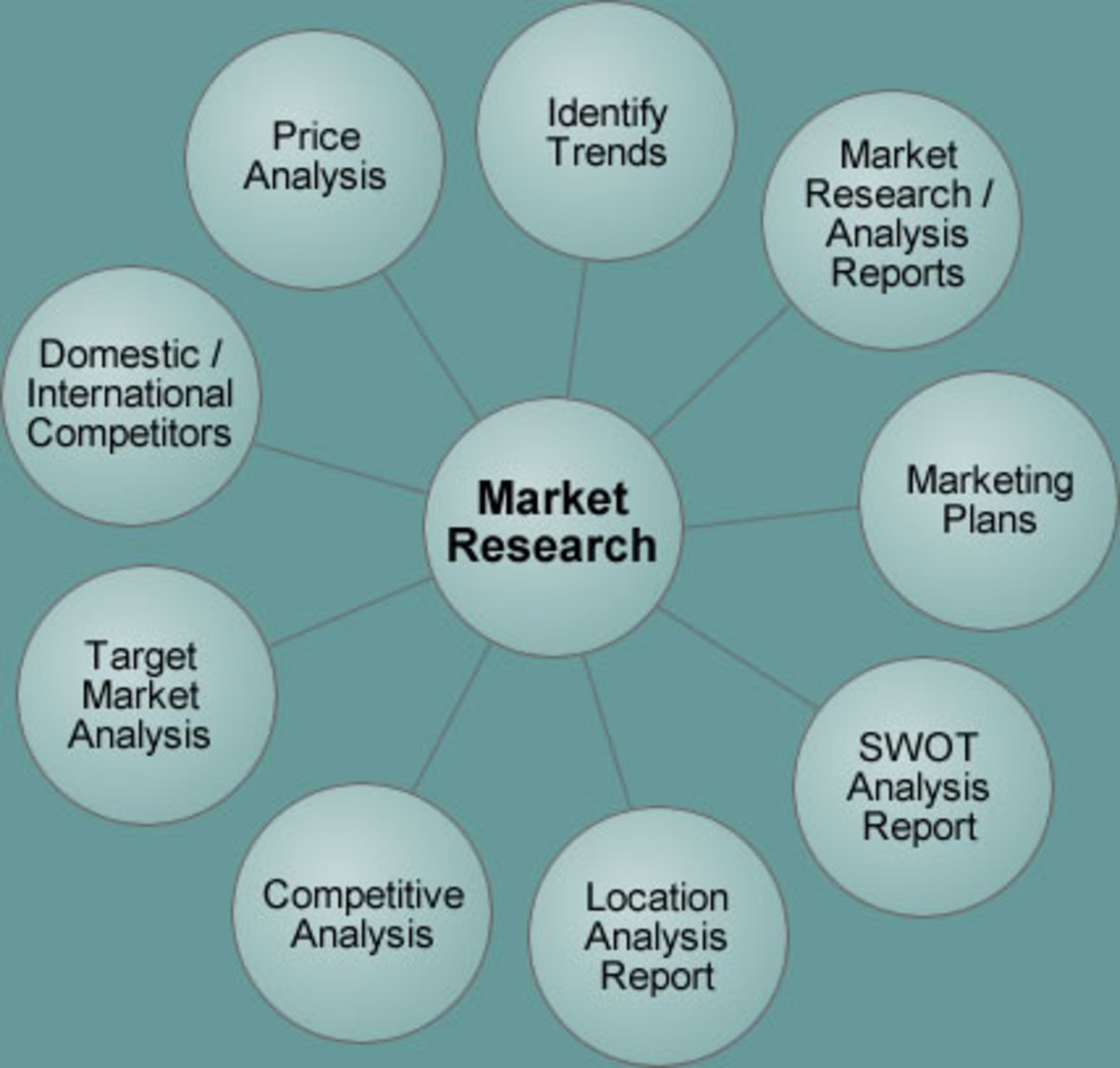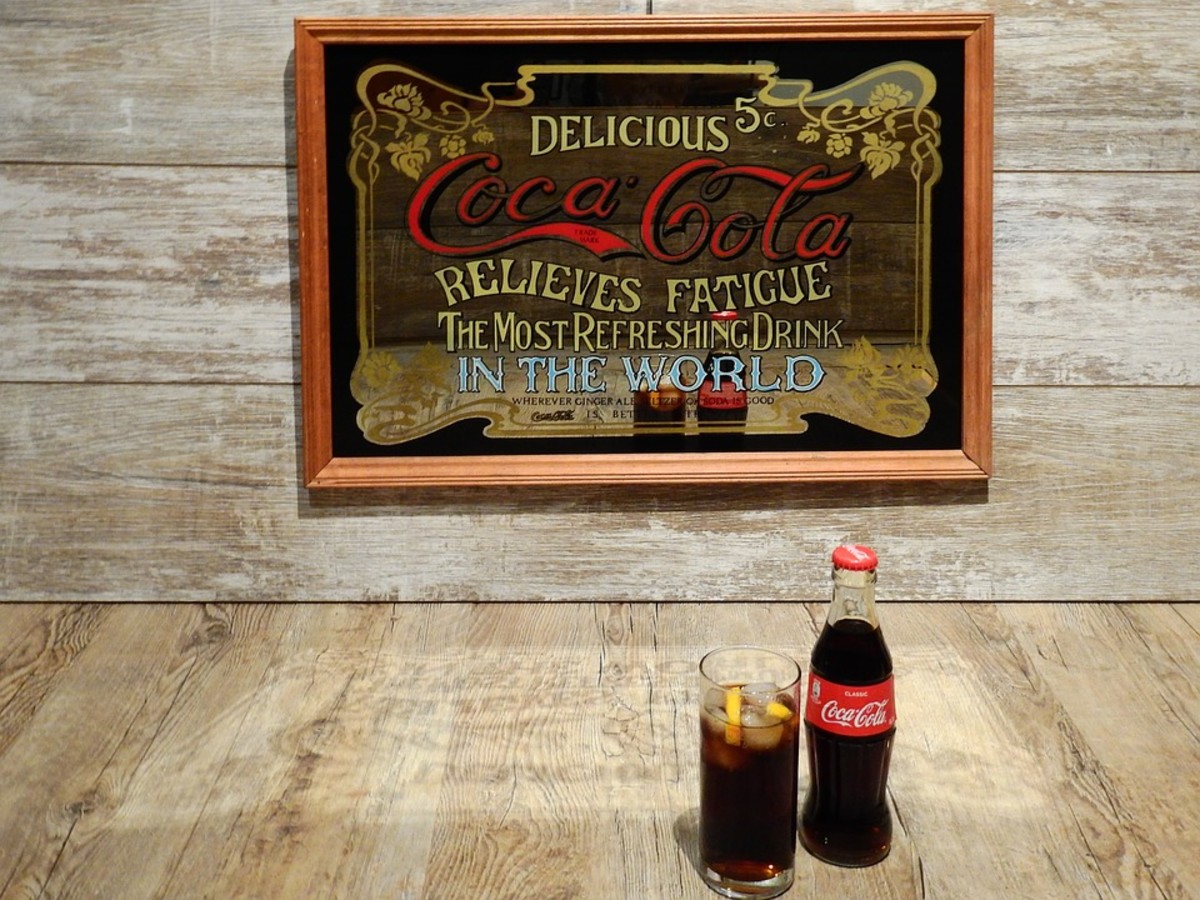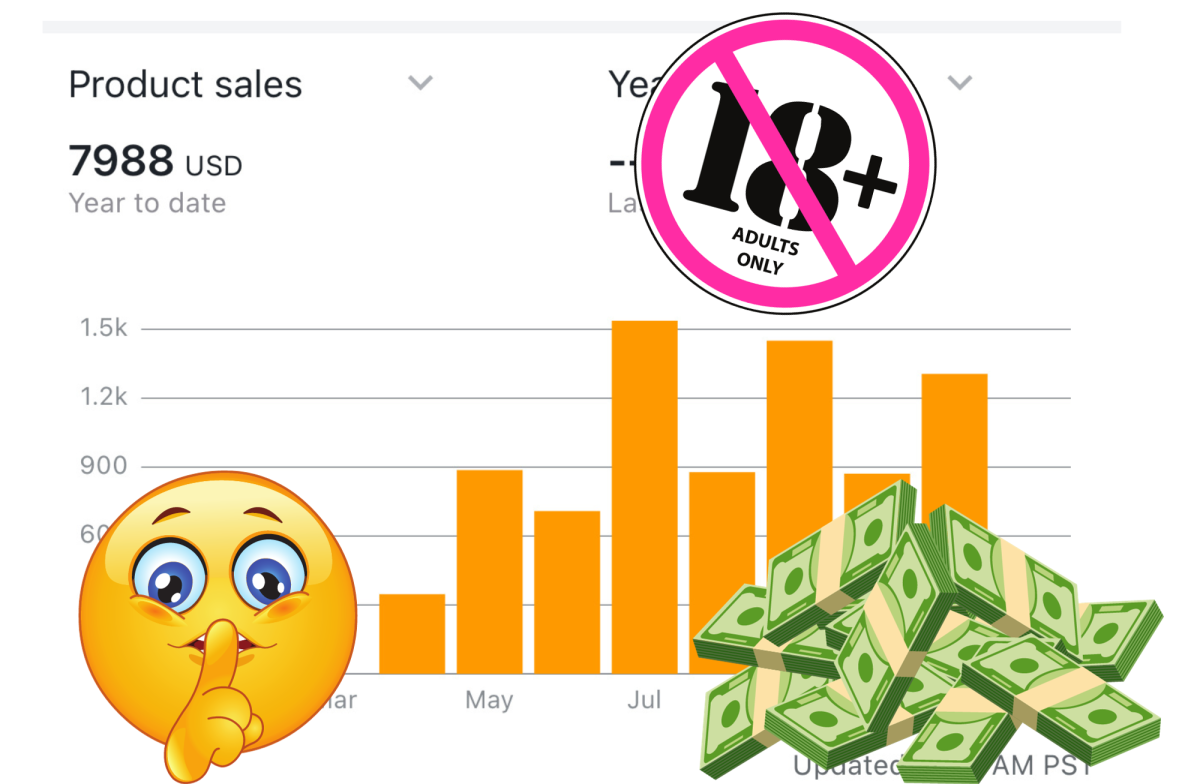How to Compete in Mature Markets?
Marketing Strategies for Mature Markets
Marketing Strategies for Mature Markets
Shakeout: The Transition from Market Growth to Maturity
Characteristics of the Transition Period
The transition from market growth to maturity typically begins when the market is still growing but the rate of growth starts to decline. This slackening of the growth rate either sparks or occurs simultaneously with other changes in the market and competitive environment. As mentioned earlier, such changes typically include the appearance of excess capacity, increased difficulty of maintaining product differentiation, increased intensity of competition, and growing pressures on costs and profits. Consequently, weaker members of the industry often fail or are acquired by larger competitors during this shakeout stage.
Strategic Traps during the Transition
A business’s ability to survive the transition from market growth to maturity depends to a great extent on whether it can avoid some common strategic traps and prosper during the growth stage even though it has neither differentiated its offering from competitors nor attained the lowest cost position in its industry.
But during the transition period, such is not the case. A third trap is the failure to recognize the declining importance of product differentiation and the increasing importance of price or service. Businesses that have built their success on technological superiority or other forms of product differentiation often disdain aggressive pricing or marketing practices even though such differentiation typically erodes as markets mature. Why should a firm not put off responding to the more aggressive pricing or marketing actions of its competitors? Because doing so may lead to a fourth trap – giving up market share too easily in favor of short run profit. Many businesses try to maintain the profitability of the recent past as markets enter the transition period. They usually do this at the expense of market share or by forgoing marketing, R&D, and other investments crucial for maintaining future market position. While some smaller firms with limited resources may have no choice, this tendency can be seriously shortsighted, particularly if economies of scale are crucial for the business’s continued success during market maturity.
Strategic Choices in Mature Markets
The maturity phase of an industry’s life cycle is often depicted as one of stability characterized by few changes in the market shares of leading competitors and steady prices. The industry leaders, because of their low per unit costs and little need to make any further investments, enjoy high profits and positive cash flows. Variations in brands, marketing programmes, and customer groups can mean that different brands and market segments reach maturity at different times.
Further, as the maturity stage progresses, a variety of threats and opportunities can disrupt an industry’s stability. Shifts in customer needs or preferences, product substitutes, increased raw material costs, changes in government regulations, or factors such as the entry of low-cost foreign producers or mergers and acquisitions can threaten individual competitors and even throw the entire industry into early decline.
Strategies for Maintaining Competitive Advantage
But analyzers also do some product and market development to avoid being leapfrogged by competitors with more advanced products or being left behind in new applications segments. On the other hand, defenders may initiate some product improvements or line extensions to protect and strengthen their position in existing markets, but they spend relatively little on new product R&D. Thus, an analyzer strategy is most appropriate for developed industries that are still experiencing some technological change and may have opportunities for continued growth, such as the computer and commercial aircraft industries. The defender strategy works best in industries where the basic technology is not very complex or is unlikely to change dramatically in the short run, as in the food industry.
Both analyzers and defenders can attempt to sustain a competitive advantage in established product markets through differentiation of their product offering (either on the basis of superior quality or service) or by maintaining a low-cost position. Evidence suggests the ability to maintain either a strongly differentiated or a low-cost position continues to be a critical determinant of success throughout both the transition and the maturity stage.
It is important to keep in mind; however, that pursuit of a low-cost Strategy does not mean that a business can ignore the delivery of desirable benefits to the customer. Similarly, customers will not pay an unlimited price premium for superior quality or service, no matter how superior it is. In both consumer and commercial markets customers seek good value for the money, either a solid, no-frills product or service at an outstanding price or an offering whose higher price is justified by the superior benefits it delivers on one or more dimensions. Thus, even low-cost producers should continually seek ways to improve the quality and performance of their offerings within the financial constraints of their competitive strategy. And even differentiated defenders should continually work to improve efficiency without sacrificing product quality or performance.
Methods of Differentiation
At the most basic level, a business can attempt to differentiate its offering from competitors’ by offering either superior product quality, superior service, or both. The problem is that quality and service may be defined in a variety of different ways by customers.
Dimensions of Product Quality
The reliability quality dimension can refer to the consistency of performance from purchase to purchase or to a product’s uptime, the percentage of time that it can perform satisfactorily over its life. Tandem Computers has maintained a competitive advantage based on reliability by designing computers with several processors that work in tandem, so that if one fails, the only impact is the slowing of low priority tasks. IBM had difficulty matching Tandem’s reliability because its operating system was not easily adapted to the multiple processor concepts. Consequently, Tandem has maintained a strong position in market segments consisting of large-scale computer users, such as financial institutions and large retailers, for whom system downtime is particularly undesirable.
The quality dimension of serviceability refers to a customer’s ability to obtain prompt and competent service when the product does break down. For example, Caterpillar has long differentiated itself with a parts and service organization dedicated to providing ‘24hour parts service anywhere in the world.’
Many of these quality dimensions can be difficult for customers to evaluate, particularly for consumer products. As a result, consumers often generalize from quality dimensions that are more visual or qualitative. Thus, the fit and finish dimension can help convince consumers that a product is of high quality.
Dimensions of Service Quality
Customers also judge the quality of the service they receive on multiple dimensions. A number of such dimensions of perceived service quality have been identified by a series of studies conducted across diverse industries such as retail banking and appliance repair, and five of those dimensions are listed.
This pertains to both the objective performance dimensions of the service delivery system, such as its reliability and responsiveness, as well as to elements of the performance of service personnel, such as their empathy and level of assurance.
The results of a number of surveys suggest that customers perceive all five dimensions of service quality to be very important regardless of the kind of service being evaluated. The same respondents also were asked which of the five dimensions they would choose as being the most critical in their assessment of service quality.
The key to a differentiation strategy based on providing superior service is to meet or exceed target customers’ service quality expectations and to do it more consistently than competitors. The problem is that sometimes managers underestimate the level of those customer expectations, and sometimes those expectations can be unrealistically high. Therefore, a firm needs to clearly identify target customers’ desires with respect to service quality and to clearly define and communicate what level of service they intend to deliver. When this is done, customers have a more realistic idea of what to expect and are less likely to be disappointed with the service they receive.
Improving Customer Perceptions of Service Quality
The major factors that determine a customer’s expectations and perceptions concerning service quality – and five gaps that can lead to dissatisfaction with service delivery – are discussed next.
1 Gap between the customer’s expectations and the marketer’s perceptions
Managers do not always have an accurate understanding of what customers want or how they will evaluate a firm’s service efforts. The first step in providing good service is to collect information – through customer surveys, evaluations of customer complaints, or other methods – to determine what service attributes customers consider important.
2 Gap between management perceptions and service quality specifications
Even when management has a clear understanding of what customers want, that understanding might not get translated into effective operating standards. A firm’s policies concerning customer service may be unclear, poorly communicated to employees, or haphazardly enforced. Unless a firm’s employees know what the company’s service policies are and believe that management is seriously committed to those standards, their performance is likely to fall short of desired levels.
3 Gap between service quality specifications and service delivery
Lip service by management is not enough to produce high-quality service. High standards must be backed by the programmes, resources, and rewards necessary to enable and encourage employees to deliver good service. Employees must be provided with the training, equipment, and time necessary to deliver good service. Their service performance must be measured and evaluated. And good performance must be rewarded by making it part of the criteria for pay raises or promotions, or by other more direct inducements, in order to motivate the additional effort good service requires.
4 Gap between service delivery and external communications.
Even good service performance may disappoint some customers if the firm’s marketing communications cause them to have unrealistically high expectations. If the photographs in a vacation resort’s advertising and brochures make the rooms look more spacious and luxurious than they really are, for instance, first-time customers are likely to be disappointed no matter how clean or well-tended those rooms are kept by the resort’s staff.
5 Gap between perceived service and expected service.
This results when management fails to close one or more of the other four gaps. It is this difference between a customer’s expectations and his or her actual experience with the firm that leads to dissatisfaction.
Methods of Maintaining a Low-Cost Position
Moving down the experience curve is the most commonly discussed method of achieving and sustaining a low-cost position in an industry. But a firm does not necessarily need a large relative market share to implement a low-cost strategy.
A No-Frills Product
A direct approach to obtaining a low-cost position involves simply removing all frills and extras from the basic product or service.
Innovative Product Design
A simplified product design and standardized component parts also can lead to cost advantages. Cheaper Raw Materials
A firm with the foresight to acquire or the creativity to find a way to use relatively cheap raw materials also can gain a sustainable cost advantage.
Innovative Production Processes
Although low-cost defender businesses typically spend little on product R&D, they often continue to devote substantial sums to process R&D. Innovations in the production process, including the development of automated or computer controlled processes, can help them sustain cost advantages over competitors.
Low-Cost Distribution
When distribution accounts for a relatively high proportion of a product’s total delivered cost, a firm might gain a substantial advantage by developing lower cost alternative channels. Typically, this involves eliminating, or shifting to the customer, some of the functions performed by traditional channels in return for a lower price.
Reductions in Overhead
Successfully sustaining a low-cost strategy requires that the firm pare and control its major overhead costs as quickly as possible as its industry matures.
Customers’ Satisfaction and Loyalty Are Crucial for Maximizing Their Lifetime Value
Analyzer, and particularly defender, businesses are mostly concerned with protecting their existing positions in one or more mature market segments and maximizing profitability over the remaining life of those product markets. Thus, financial dimensions of performance, such as return on investment and cash flow, are usually of greater interest to such businesses than are more growth oriented dimensions, such as volume increases or new product success. Businesses can achieve such financial objectives by either successfully differentiating their offerings or maintaining a low-cost position.
What is critical is that a business continually works to improve the value of its offerings – by either improving product or service quality, reducing costs, or some combination – as a basis for maintaining its customer base as its markets mature and become increasingly competitive.
Measuring Customer Satisfaction
To gain the knowledge necessary to continually improve the value of their offerings to customers, firms must understand how satisfied existing and potential customers are with their current offerings. This focus on customer satisfaction has become increasingly important as more firms question whether all attempts to improve absolute quality of their products and services generate sufficient additional sales and profits to justify their cost. This growing concern with the economic ‘return on quality’ has motivated firms to ask which dimensions of product or service quality are most important to customers and which dimensions customers might be willing to sacrifice for lower prices. Useful measures of customer satisfaction, then, should examine both (1) customers’ expectations and preferences concerning the various dimensions of product and service quality (such as product performance, features, reliability, on time delivery, competence of service personnel, and so on) and (2) their perceptions concerning how well the firm is meeting those expectations. Any gaps where customer expectations exceed their recent experiences may indicate fruitful areas for the firm to work at improving customer value and satisfaction. Of course, such measurements must be made periodically to determine whether the actions taken have been effective.
Improving Customer Retention and Loyalty
Maintaining the loyalty of existing customers is crucial for a business’s profitability. This is especially true as markets mature because loyal customers become more profitable over time. The firm not only avoids the high costs associated with trying to acquire replacement customers in an increasingly competitive market, but it also benefits because loyal customers (1) tend to concentrate their purchases, thus leading to larger volumes and lower selling and distribution costs; (2) provide positive word-of-mouth and customer referrals; and (3) may be willing to pay premium prices for the value they receive.
Periodic measurement of customer satisfaction is important because a dis-satisfied customer is unlikely to remain loyal over time.
Are All Customers Equally Valuable?
While improving customer loyalty is crucial for maintaining market share and profitability as markets mature, an increasing number of companies are asking whether every customer’s loyalty is worthy of the same level of effort and expense. In these firms, technology is creating a new business model that alters the level of service and benefits provided to a customer based on projections of that customer’s value to the firm. With the development of extensive customer databases, it is possible for companies to measure what different levels of customer service cost on an individual level. They also can know how much business a particular customer has generated in the past, estimate what she or he is likely to buy in the future, and calculate a rate of return for that individual for different levels of service.
The ability of firms to tailor different levels of service and benefits to different customers based on each person’s potential to produce a profit has been facilitated by the growing popularity of the Internet. The Web has made it easier to track and measure individual transactions across businesses. It also has provided firms with new, low-cost service options; people can now serve themselves at their own convenience, but they have to accept little or no human contact in return.
The end result of this trend toward individually tailored service levels could be an increased stratification of consumer society. The top tier may enjoy unprecedented levels of personal attention. But those who fall below a certain level of profitability for too long may face increased service fees or receive reduced levels of service and benefits.
Marketing Strategies for Mature Markets
Strategies for Maintaining Current Market Share
Since markets can remain in the maturity stage for decades, milking or harvesting mature product markets by maximizing short run profits makes little sense. Pursuing such an objective typically involves substantial cuts in marketing and R&D expenses, which can lead to premature losses of volume and market share and lower profits in the longer term. The business should strive during the early years of market maturity to maximize the flow of profits over the remaining life of the product market.
Thus, the most critical marketing objective is to maintain and protect the business’s market share. In a mature market where few new customers buy the product for the first time, the business must continue to win its share of repeat purchases from existing customers.
Many of those same strategies continue to be relevant for holding on to customers as markets mature, particularly for those firms that survived the shakeout period with a relatively strong share position. The most obvious strategy for such share leaders is simply to continue strengthening their position through a fortress defense..
To do so, however, it is often wise for them to focus on strategies that avoid prolonged direct confrontations with larger share leaders. A niche strategy can be particularly effective when the target segment is too small to appeal to larger competitors or when the smaller firm can establish a strong differential advantage or brand preference in the segment. For instance, with only 36 hotels worldwide, the Four Seasons chain is a small player in the lodging industry.
Strategies for Extending Volume Growth
Market maturity is defined by a flattening of the growth rate. In some instances growth slows for structural reasons, such as the emergence of substitute products or a shift in customer preferences. Marketers can do little to revitalize the market under such conditions. Thus, stimulating additional volume growth can be an important secondary objective under such circumstances, particularly for industry share leaders because they often can capture a relatively large share of any additional volume generated.
A firm might pursue several different marketing strategies – either singly or in combination – to squeeze additional volume from a mature market. These include an increased penetration strategy, an extended use strategy, and a market expansion strategy
Increased Penetration Strategy
The total sales volume produced by a target segment of customers is a function of (1) the number of potential customers in the segment; (2) the product’s penetration of that segment, that is, the proportion of potential customers who actually use the product; and (3) the average frequency with which customers consume the product and make another purchase. Where usage frequency is quite high among current customers but only a relatively small portion of all potential users actually buy the product, a firm might aim at increasing market penetration. It is an appropriate strategy for an industry’s share leader because such firms can more likely gain and retains a substantial share of new customers than smaller firms with less well known brands.
Actions for accomplishing growth-extension objectives
Marketing strategy and objectives Possible marketing actions
Increased penetration
Convert current non-users
• Enhance product’s value by adding features, benefits or services in target segment
• Enhance product’s value by including it in the design of integrated systems into users
• Stimulate additional primary demand through promotional efforts stressing new features or benefits:
– Advertising through selective media aimed at the target segment.
– Sales promotions directed at stimulating trial among current non-users (e.g. tie-ins with other products).
– Some sales efforts redirected towards new account generation; perhaps by assigning some sales personnel as account development reps or by offering incentives for new account sales.
• Improve product’s availability by developing innovative distribution systems.
Extended use
Increase frequency of use among current users
• Move storage of the product closer to the point of end use by offering additional package sizes or designs.
• Encourage larger volume purchases (for non-perishable products):
– Offer quantity discounts.
– Offer consumer promotions to stimulate volume purchases or more frequent use (e.g. multipack deals, frequent flier programmes).
• Reminder advertising stressing basic product benefits for a variety of usage occasions.
Encourage a wider
• Develop line extensions suitable for additional uses or applications. variety of uses among
• Develop and promote new uses, applications or recipes for the basic product. current users – Include information about new applications/recipes on package.
– Develop extended-use advertising campaign, particularly with print media.
– Communicate new application ideas through sales presentations to current customers.
• Encourage new uses through sales promotions (e.g. tie-ins with complementary products).
Market expansion
Develop differentiated positioning focused on untapped or
• Develop a differentiated flanker brand or product line with unique features or price that is more appealing to a segment of potential customers whose needs are not met by existing offerings.
• Develop multiple line extensions or brand offerings with features or prices targeted to the unique needs and preferences of several smaller potential applications or regional segments.
• Consider producing for private labels.
• Design advertising, personal selling and/or sales promotion campaigns that address specific interests and concerns of potential customers in one or multiple underdeveloped segments to stimulate selective demand.
• Build unique distribution channels to more effectively reach potential customers in one or multiple underdeveloped segments.
• Design service programmes to reduce the perceived risks of trial and/or solve the unique problems faced by potential customers in one or multiple underdeveloped segments (e.g. systems engineering, installation, and operator trailing, extended warranties).
• Enter global markets where product category is in an earlier stage of its life cycle.
Market Expansion Strategy
In a mature industry with a fragmented and heterogeneous market where some segments are less well developed than others, a market expansion strategy may generate substantial additional volume growth. Such a strategy aims at gaining new customers by targeting new or underdeveloped geographic markets (either regional or foreign) or new customer segments. Pursuing market expansion by strengthening a firm’s position in new or underdeveloped domestic geographic markets can lead to experience curve benefits and operating synergies. The firm can rely on largely the same expertise and technology, and perhaps even the same production and distribution facilities, it has already developed.
To get around the retaliation problem, a regional producer might try to expand through the acquisition of small producers in other regions. This can be a viable option when (1) the low profitability of some regional producers enables the acquiring firm to buy their assets for less than the replacement cost of the capacity involved and (2) synergies gained by combining regional operations and the infusion of resources from the acquiring firm can improve the effectiveness and profitability of the acquired producers. In a different approach to domestic market expansion, the firm identifies and develops entirely new customer or application segments. Sometimes the firm can effectively reach new customer segments by simply expanding the distribution system without changing the product’s characteristics or the other marketing mix elements.
Global Market Expansion – Sequential Strategies
For firms with leading positions in mature domestic markets, less developed markets in foreign countries often present the most viable opportunities for geographic expansion. Firms can enter foreign markets in a variety of ways, from simply relying on import agents to developing joint ventures to establishing wholly owned subsidiaries. Regardless of which mode of entry a firm chooses, it can follow a number of different routes when pursuing global expansion. By route we mean the sequence or order in which the firm enters global markets. Japanese companies provide illustrations of different global expansion paths.
A second type of expansion path has been used primarily for high-tech Products such as computers and semiconductors.
Strategy
- Marketing Strategy for New Market and Products
Marketing Strategies for New Market Entries How New Is New? A survey of the new product development practices found that the products introduced by those firms over a five year period were not all equally ‘new.’ The... - How to analyse trends for Market Strategy and Planni...
Attractiveness How the dynamics of change affect the attractiveness of particular markets and influence marketing strategies and programs The Demographic Environment The...
Marketing Strategies for Declining Markets
Most products eventually enter a decline phase in their life cycles. As sales decline, excess capacity once again develops. As the remaining competitors fight to hold volume in the face of falling sales, industry profits erode. Consequently, conventional wisdom suggests that firms should either divest declining products quickly or harvest them to maximize short-term profits. Not all markets decline in the same way or at the same speed, however; nor do all firms have the same competitive strengths and weaknesses within those markets. Therefore, as in most other situations, the relative attractiveness of the declining product market and the business’s competitive position within it should dictate the appropriate strategy.
Relative Attractiveness of Declining Markets
Three sets of factors help determine the strategic attractiveness of declining product markets: conditions of demand, including the rate and certainty of future declines in volume; exit barriers, or the ease with which weaker competitors can leave the market; and factors affecting the intensity of future competitive rivalry within the market..
Conditions of Demand
Demand in a product market declines for a number of reasons. Technological advances produce substitute products (such as electronic calculators for slide rules), often with higher quality or lower cost. Demographic shifts lead to a shrinking target market (baby foods). Customers’ needs, tastes, or lifestyles change (the falling consumption of beef). Finally, the cost of inputs or complementary products rises and shrinks demand (the effects of rising gasoline prices on sales of recreational vehicles).
The cause of a decline in demand can affect both the rate and the predictability of that decline. A fall in sales due to a demographic shift, for instance, is likely to be gradual, whereas the switch to a technically superior substitute can be abrupt. Similarly, the fall in demand as customers switch to a better substitute is predictable, while a decline in sales due to a change in tastes is not. A slow and gradual decline allows an orderly withdrawal of weaker competitors. Overcapacity does not become excessive and lead to predatory competitive behavior, and the competitors who remain are more likely to make profits than in a quick or erratic decline. Also, when most industry managers believe market decline is predictable and certain, reduction of capacity is more likely to be orderly than when they feel substantial uncertainty about whether demand might level off or even become revitalized.
Not all segments of a market decline at the same time or at the same rate. The number and size of enduring niches or pockets of demand and the customer purchase behavior within them also influence the continuing attractiveness of the market. When the demand pockets are large or numerous and the customers in those niches are brand loyal and relatively insensitive to price, competitors with large shares and differentiated products can continue to make substantial profits.
Exit Barriers
The higher the exit barriers, the less hospitable a product market will be during the decline phase of its life cycle. When weaker competitors find it hard to leave a product market as demand falls, excess capacity develops and firms engage in aggressive pricing or promotional efforts to try to prop up their volume and hold down unit costs. Thus, exit barriers lead to competitive volatility.
Another major exit barrier occurs when the assets or resources of the declining business intertwine with the firm’s other business units, either through shared facilities and programmes or through vertical integration. Exit from the declining business might shut down shared production facilities, lower sales force commissions, damage customer relations, and increase unit costs in the firm’s other businesses to a point that damages their profitability. Emotional factors also can act as exit barriers. Managers often feel reluctant to admit failure by divesting a business even though it no longer produces acceptable returns.
Intensity of Future Competitive Rivalry
Even when substantial pockets of continuing demand remain within a declining business, it may not be wise for a firm to pursue them in the face of future intense competitive rivalry. In addition to exit barriers, other factors also affect the ability of the remaining firms to avoid intense price competition and maintain reasonable margins: size and bargaining power of the customers who continue to buy the product; customers’ ability to switch to substitute products or to alternative suppliers; and any potential diseconomies of scale involved in capturing an increased share of the remaining volume.
Divestment or Liquidation
When the market environment in a declining industry is unattractive or a business has a relatively weak competitive position, the firm may recover more of its investment by selling the business in the early stages of decline rather than later. The earlier the business is sold, the more uncertain potential buyers are likely to be about the future direction of demand in the industry and thus the more likely that a willing buyer can be found.
Marketing Strategies for Remaining Competitors
Conventional wisdom suggests that a business remaining in a declining product market should pursue a harvesting strategy aimed at maximizing its cash flow in the short run. But such businesses also have other strategic options. They might attempt to maintain their position as the market declines, improve their position to become the profitable survivor, or focus efforts on one or more remaining demand pockets or market niches. Once again, the appropriateness of these strategies depends on factors affecting the attractiveness of the declining market and on the business’s competitive strengths and weaknesses.
Harvesting Strategy
The objective of a harvesting or milking strategy is to generate cash quickly by maximizing cash flow over a relatively short term. This typically involves avoiding any additional investment in the business, greatly reducing operating (including marketing) expenses, and perhaps raising prices. Since the firm usually expects to ultimately divest or abandon the business, some loss of sales and market share during the pursuit of this strategy is likely. The trick is to hold the business’s volume and share declines to a relatively slow and steady rate. A precipitous and premature loss of share would limit the total amount of cash the business could generate during the market’s decline.
A harvesting strategy is most appropriate for a firm holding a relatively strong competitive position in the market at the start of the decline and a cadre of current customers likely to continue buying the brand even after marketing support is reduced. Such a strategy also works best when the market’s decline is inevitable but likely to occur at a relatively slow and steady rate and when rivalry among remaining competitors is not likely to be very intense. Such conditions enable the business to maintain adequate price levels and profit margins as volume gradually falls.
Implementing a harvesting strategy means avoiding any additional long-term investments in plant, equipment, or R&D. It also necessitates substantial cuts in operating expenditures for marketing activities. This often means that the firm should greatly reduce the number of models or package sizes in its product line to reduce inventory and manufacturing costs. Through telemarketing or a website rather than a field sales force or assign its smaller customers to agent middlemen. For consumer goods, the business might move to more selective distribution by concentrating its efforts on the larger retail chains. The firm would likely reduce advertising and promotion expenditures, usually to the minimum level necessary to retain adequate distribution. Finally, the business should attempt to maintain or perhaps even increase its price levels to increase margins.
Maintenance Strategy
In markets where future volume trends are highly uncertain, a business with a leading share position might consider pursuing a strategy aimed at maintaining its market share, at least until the market’s future becomes more predictable. In such a maintenance strategy, the business continues to pursue the same strategy that brought it success during the market’s mature stage. This approach often results in reduced margins and profits in the short term, though, because firms usually must reduce prices or increase marketing expenditures to hold share in the face of declining industry volume. Thus, a firm should consider share maintenance an interim strategy. Once it becomes clear that the market will continue to decline, the business should switch to a different strategy that will provide better cash flows and return on investment over the market’s remaining life.
Profitable Survivor Strategy
An aggressive alternative for a business with a strong share position and a sustainable competitive advantage in a declining product market is to invest enough to increase its share position and establish itself as the industry leader for the remainder of the market’s decline. This kind of strategy makes most sense when the firm expects a gradual decline in market demand or when substantial pockets of continuing demand are likely well into the future. It is also an attractive strategy when a firm’s declining business is closely intertwined with other SBUs through shared facilities and programmes or common customer segments.
A strong competitor often can improve its share position in a declining market at relatively low cost because other competitors may be harvesting their businesses or preparing to exit. The key to the success of such a strategy is to encourage other competitors to leave the market early. Once the firm has achieved a strong and unchallenged position, it can switch to a harvesting strategy and reap substantial profits over the remaining life of the product market.
A firm might encourage smaller competitors to abandon the industry by being visible and explicit about its commitment to become the leading survivor. It should aggressively seek increased market share, either by cutting prices or by increasing advertising and promotion expenditures. It also might introduce line extensions aimed at remaining pockets of demand to make it more difficult for smaller competitors to find profitable niches. Finally, the firm might act to reduce its competitors’ exit barriers, making it easier for them to leave the industry.
Niche Strategy
Even when most segments of an industry are expected to decline rapidly, a niche strategy may still be viable if one or more substantial segments will either remain as stable pockets of demand or decay slowly. The business pursuing such a strategy should have a strong competitive position in the target segment or be able to build a sustainable competitive advantage relatively quickly to preempt competitors. This is one strategy that even smaller competitors can sometimes successfully pursue, because they can focus the required assets and resources on a limited portion of the total market. The marketing actions a business might take to strengthen and preserve its position in a target niche are similar to those discussed earlier concerning niche strategies in mature markets.







